Hydracare cleaning kits
You know it’s time to clean your hydration bladder when: A) Live algae has sprouted in a crease; B) Water that goes in pure comes out tasting literally fishy; or, C) That strange and swampy odor seeping from your CamelBak is eliciting vocal complaints from your hiking buddies.
The correct answer is all of the above, and I unfortunately know from experience. Used to be, I’d finish a long day outside drinking from a bladder-hydration system and simply crack open the reservoir screw-cap, hoping evaporation would take care of the rest. But the floppy plastic sidewalls would rarely stand on their own enough to truly dry out.
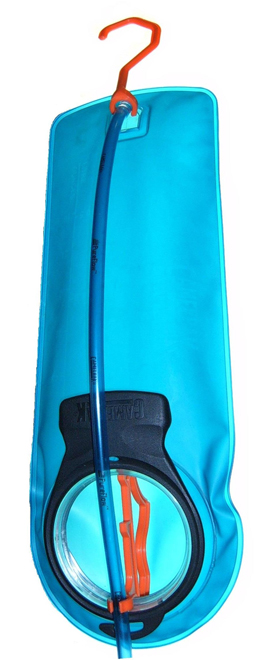
Dry out your CamelBak with Hydracare...
Hydracare, a family owed and operated company based in Lindstrom, Minn., has an $8 product created for the simple purpose of drying out a hydration bladder. It’s so easy to use that I now hang up and dry my hydration bladder after every single use, just like you should, and I haven’t seen a single sprig of algae in months.
The Hydrahang Reservoir Drying Hanger consists of a small expander piece that fits inside the reservoir’s screw-cap to keep the plastic pushed apart and open to the air. For roll-top-closure bladders, the expander piece is wedged in from the top partway inside the reservoir. The other component, a small plastic hook, clips to the bladder’s hose to let you hang it up to dry. It’s simple, but it works.
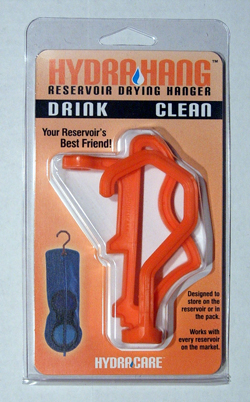
"Compatible with all common hydration bladders..."
Hydracare (www.hydracare.com) guarantees its dryer products to be compatible with all common hydration bladders from CamelBak, Ultimate Direction, Nalgene, Outdoor Products and other companies. The dryer and hanger pieces are so small and light weight that the company recommends storing them permanently in a small pocket on your hydration pack for quick access.
In the right conditions, when rinsed out and hung up, the Hydrahang system will allow the bladder to dry in a couple hours.
Beyond just drying the reservoir out, a good scrubbing is sometimes necessary, especially if you prefer to stock your hydration pack with Gatorade, Cytomax, or anything other than water. Hydracare’s Personal Hydration Cleaning Kit includes the basic tools you’ll need for a thorough rinse/scrub/dry cleaning session.
The $15 kit comes with the company’s expander piece and drying hook plus a 42-inch-long tube-cleaning brush and a thick, bristly brush for scrubbing the reservoir's inner walls. To clean the hose, you remove the bite valve and snake the thin tube brush all the way through. The large brush is on a rigid handle, allowing you to reach inside to every corner, nook and cranny and scrub the reservoir clean.


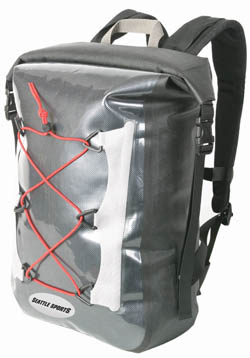
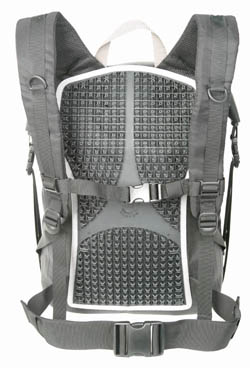
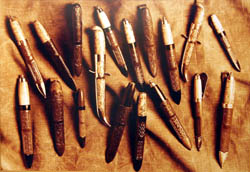
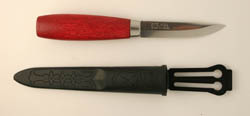
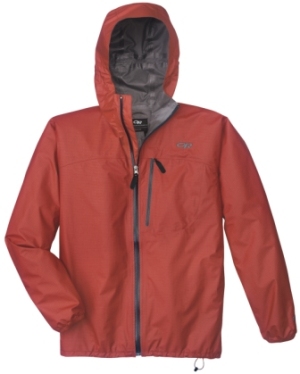
 Subscribe to Stephen's RSS Feed
Subscribe to Stephen's RSS Feed
 Subscribe to Stephen's RSS Feed
Subscribe to Stephen's RSS Feed